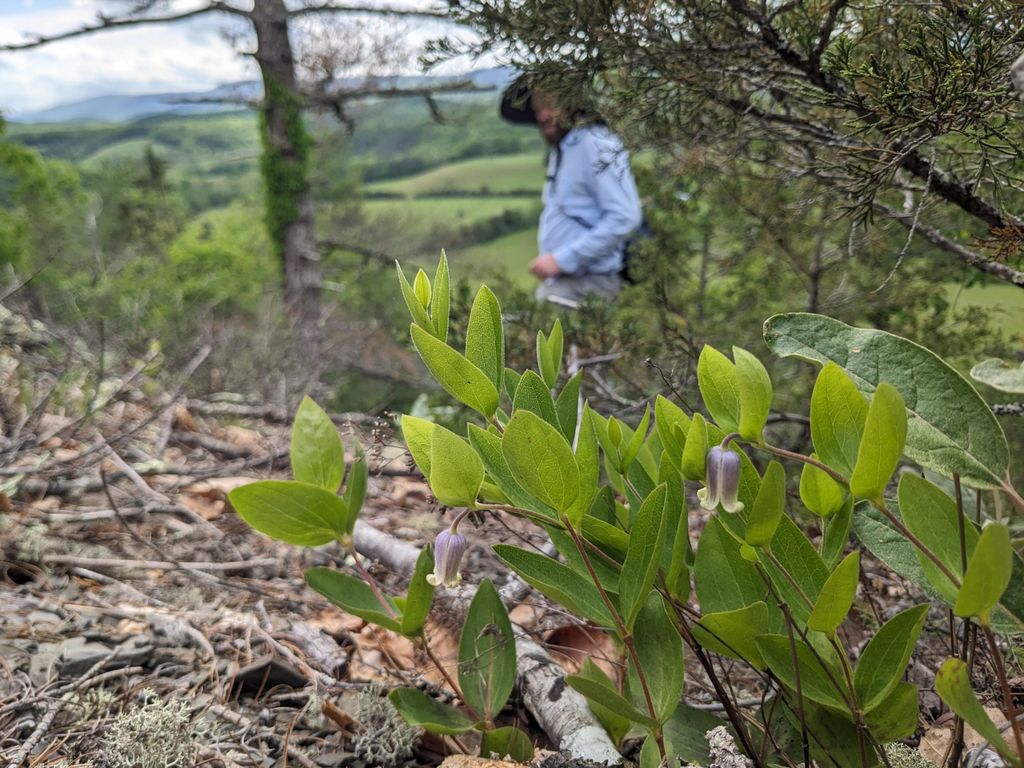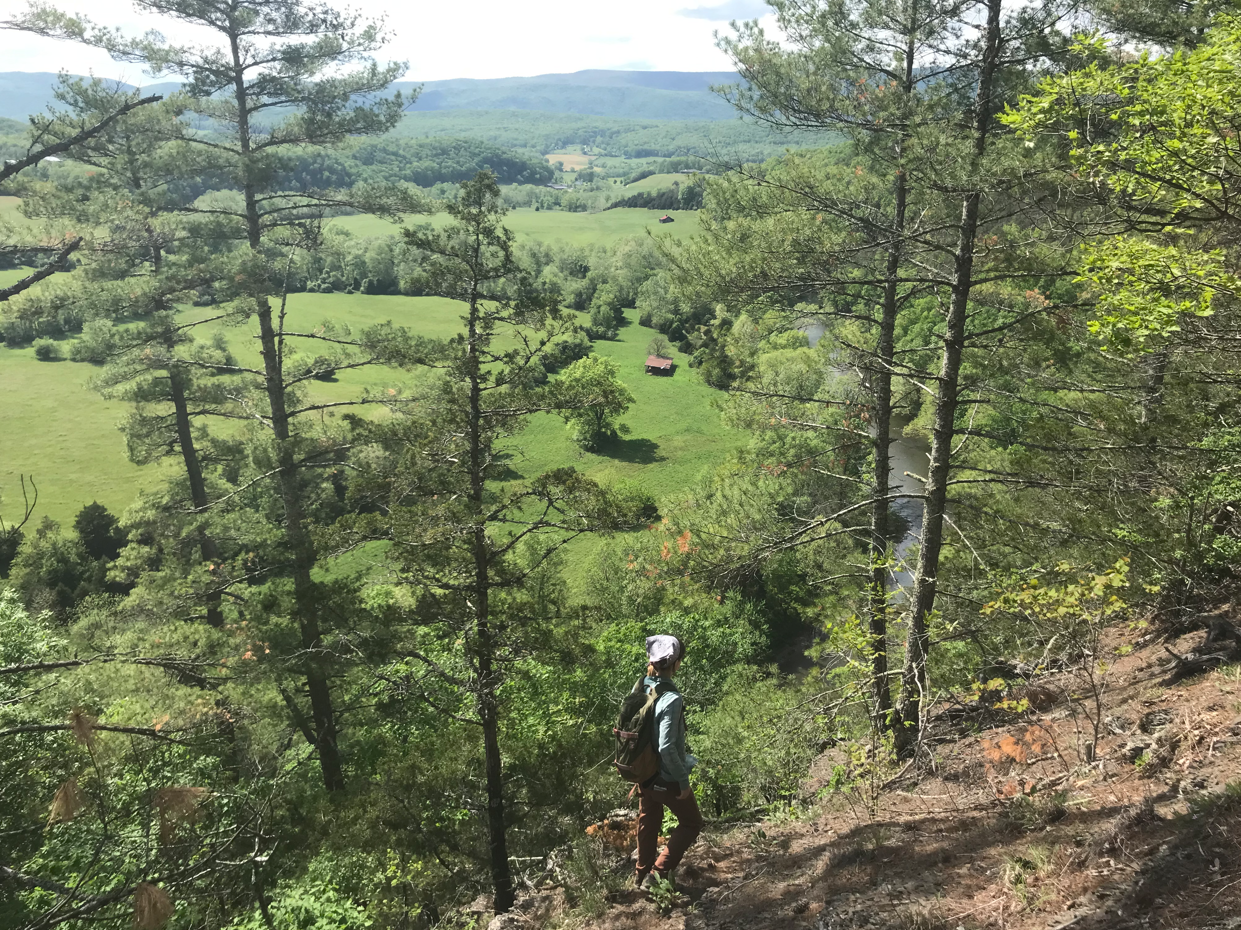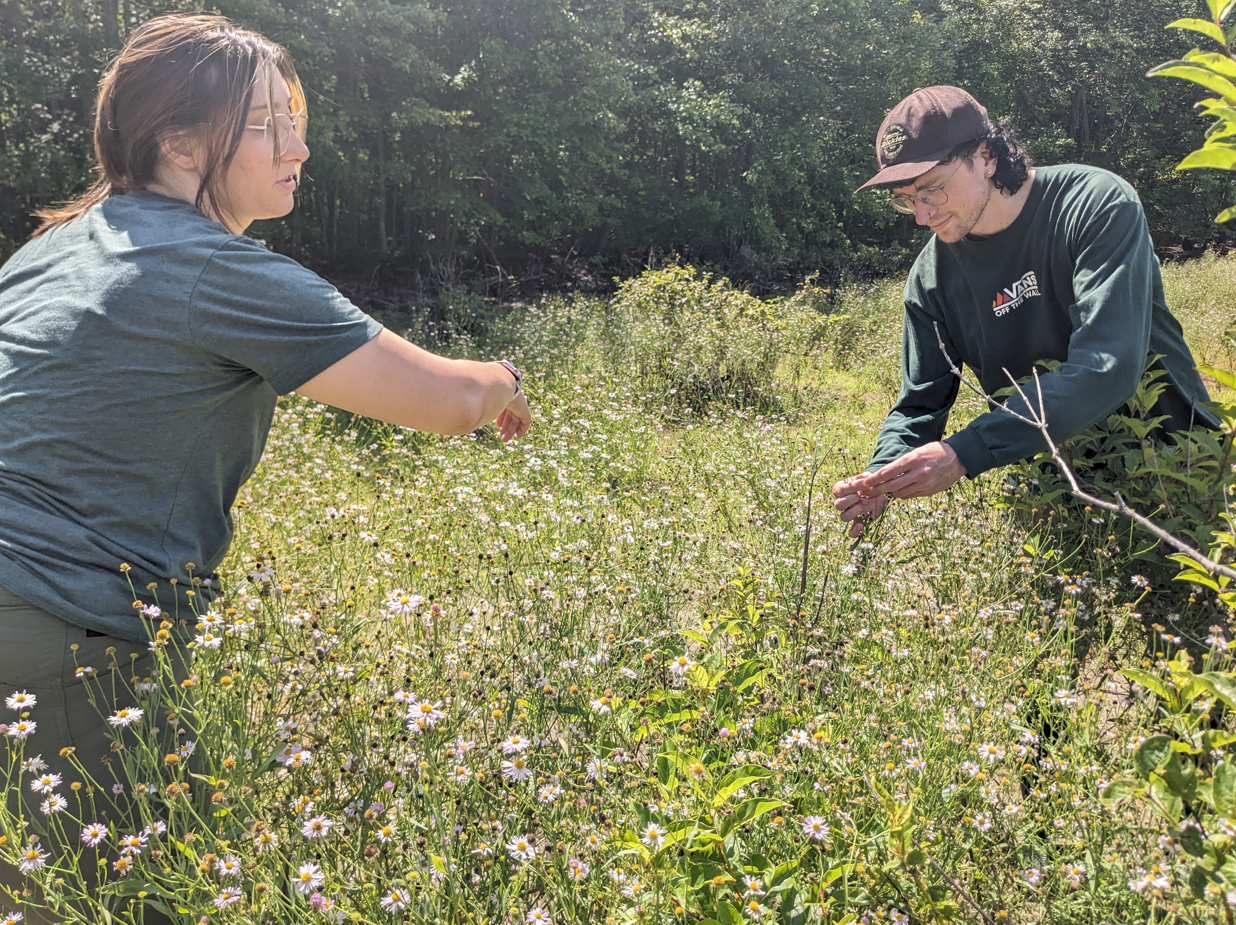Seed banking rare grassland plants of the central Appalachian region, USA

-
Status of project
Completed -
Region
North America -
Country
United States of America -
Programme
BGCI -
Workstream
Saving Plants -
Topic
Plant Conservation
Funded by US Forest Service via the Global Botanic Garden Fund
Project Completed: 2025
Institution: Southeastern Grasslands Institute (SGI)
Seed banking globally rare grassland plants of the George Washington and Jefferson National Forests
Introduction
This project, led by the Southeastern Grasslands Institute (SGI), focused on the conservation of globally rare grassland species found in the George Washington and Jefferson National Forests. The initiative aimed to contribute to the long-term preservation of biodiversity in the Central Appalachian region through strategic seed banking and documentation of rare plant populations.

Project Goals
The project aimed to collect and preserve seeds from five rare species found in the George Washington and Jefferson National Forests for storage in SGI’s Conservation Seed Bank. Project activities included surveying populations, developing monitoring protocols, conducting seed viability tests, and, when sufficient seed quantities were available, establishing germination protocols.

The project focused on several globally and regionally rare plant species, including Allium oxyphilum, Boltonia montana, Clematis viticaulis and Iliamna remota. During fieldwork, Clematis albicoma—which was not initially targeted—was opportunistically collected due to their availability of seed and global rarity. Extensive scouting was also carried out for Phlox buckleyi and Pycnanthemum torreyi. While populations of both species were discovered, no viable seeds were found.

Key Achievements
The project successfully made six seed collections, representing five taxa and capturing seeds from 46 maternal lines—amounting to nearly 75,000 individual seeds. These seeds are now conserved for future use, and detailed data on each collection, including GPS coordinates, associated taxa, and viability results, has been recorded in SGI’s database and shared with both George Washington and Jefferson National Forests and the Virginia Natural Heritage Program. The project also fostered collaboration and knowledge exchange among plant conservationists and federal land managers.

Overall, the project enhanced understanding of the distribution and reproductive potential of rare species in the George Washington and Jefferson National Forests and provided key resources for future restoration efforts.


